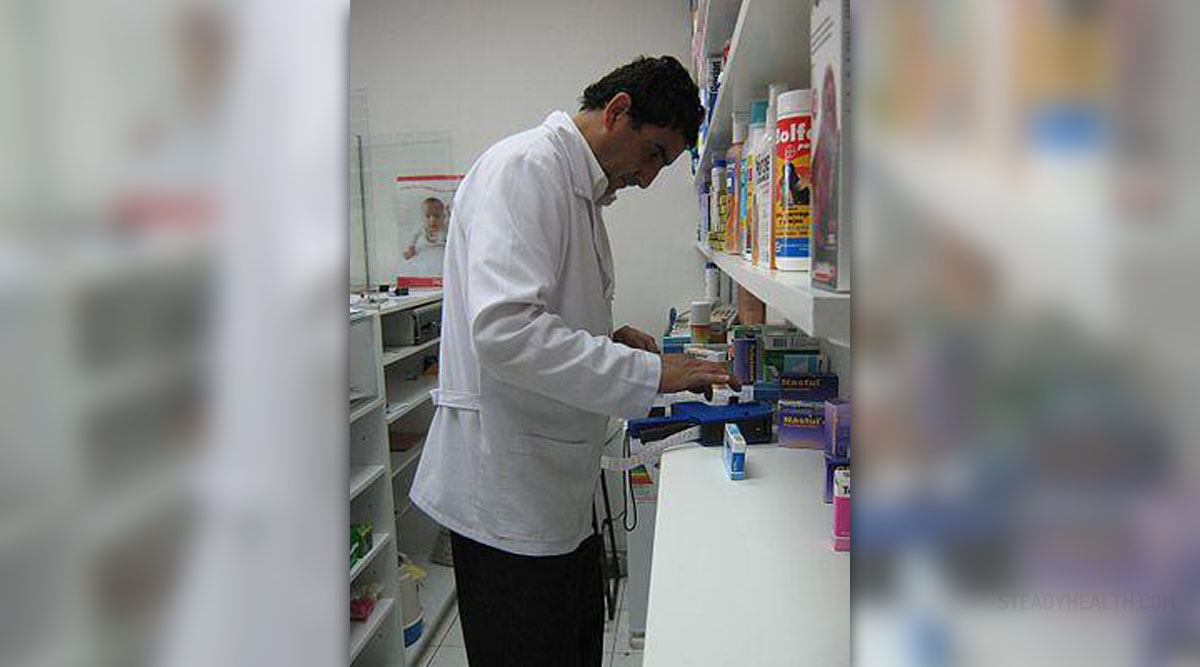
Basics of Radiation Safety
Radiation emergency is a term used in situations whichinvolve the release of radioactive materials into the environment. Thesematerials may be dangerous. These typesof situations commonly occur in any type of transportation, storage orutilization of radioactive isotopes. Most people associate radiation with theworst things possible, but with proper understanding, preparation and adequatemedical care, victims of radiation exposure may be saved. There are specialtypes of equipment which are very efficient in detecting radiation, which maycontaminate work places, homes and various types of resources. These may beassociated with very costly disruptions. Radiation exposure is also oftenassociated with extreme levels of psychological problems. In cases of exposure,there are certain laboratory tests which can be done in order to make sure thatexposure did occur. For those who do not know, radiation ionizes all differenttypes of biological systems inside the human body. This process generatesextensive amounts of free radicals which lead to the damage of the tissues,damage of the enzymes, damage to the cellular DNA and a disruption of differentchemical bonds inside the body. Each and every person needs to be well informedabout different decorporation techniques, decontamination techniques, use ofstandard medical care, recognition of the manifestations of radiation sicknessand basic knowledge of the type and dose or radiation received in order tomanage the casualties of radiation in the most appropriate manner. Differenttypes of health effects triggered by the exposure to the radiation isdetermined by certain factors such as the length of time exposed, means ofexposure (ingested exposure, inhaled exposure or exposure absorbed by the skin) and the type of radiation which may involve gamma radiation, X-ray radiation,beta radiation or alpha radiation. Those who are externally contaminated needto be extra careful because they may contaminate other people around them.Modern medicine does not have any antidotes which can be used for the treatmentof persons who have ingested or inhaled radioactive materials. Certain intravenousand oral agents may be efficient to a certain degree when it comes to theremoving radioactive materials from the body.
Types of Nuclear/Radiological Catastrophes and Consequences
Once exposed, a person may experience certain prodromalsigns and symptoms which usually last up to 2 days and those may includevomiting, nausea and anorexia. Some cases of radiation exposure may also involvecertain other common symptoms such as diarrhea, mucositis, fever and skinerythema. 2 to 3 weeks following the exposure, the victims commonly experienceanother medical condition which is known as bone marrow suppression. There arealso several subsequent systemic effects which are commonly present in mostcases of radiation exposure. These effects may or may not include impairedwound healing, anemia, sepsis, possible hemorrhage, increased susceptibility toinfectious complications and improper functioning of the immune system. Severecases of radiation exposure may be accompanied by renal failure, shock andcardiovascular collapse in some cases. If left untreated, radiation exposureends in death after two to three weeks. Burning sensations may sometimes occurshortly after the initial exposure to the radioactive materials. Among otherinitial signs are certain neurologic ones such as confusion and ataxia. As thevictim’s state of consciousness gradually deteriorates it leads to the onset oftremors, convulsions, coma, cardiovascular collapse and death. There are alsocertain rare cases of radiation exposure which do not involve any visiblesymptoms.
Management of Exposed Victims
Recent times have seen a constantly increasing possibilityof certain incidents which may involve intentional or unintentional exposure toradioactive sources. It is very important to stress out that the psychologicalimpact on the population bears much more risks than the delayed or acuteradiation sickness associated with the very exposure. Lead and concrete have aheavy density so they are the best for shielding from the radiation. Thoseexposed to radiation require immediate medical care of all the burns, traumaticinjuries and similar problems. Additional radiation risks then need to be eliminatedas soon as possible. It is always of utmost importance to deal with all lifethreatening injuries first, because most deaths associated with radiationexposure occur due to certain types of secondary infection and bone marrow.Once all the issues of emergency are taken care of, it is very important todetermine the amount of radiation exposure. This is commonly performed simplyby evaluating the hemodynamic values, the time of onset of the prodormalsyndrome and the formation of dicentric chromosomal aberration in theperipheral blood lymphocytes. There are also certain types of pharmaceuticalcountermeasures which may be somewhat efficient when it comes to dealing withthe ionizing radiation. Those medicaments include drugs that stimulateproliferation of surviving stem and progenitor cells, drugs that repair themolecular damage caused by radiation and drugs that prevent initial radiationinjury.

















Your thoughts on this
Loading...